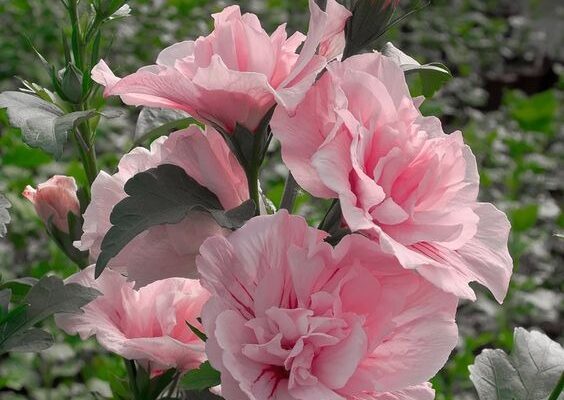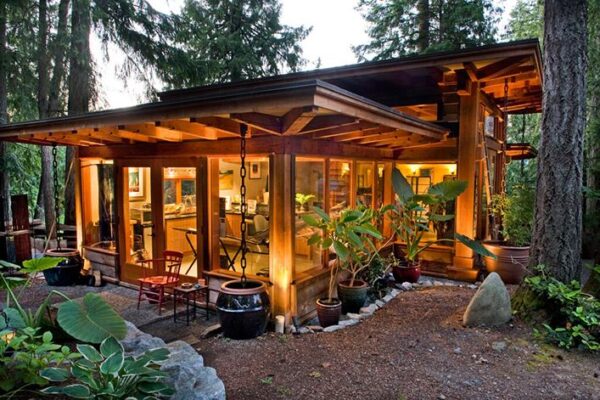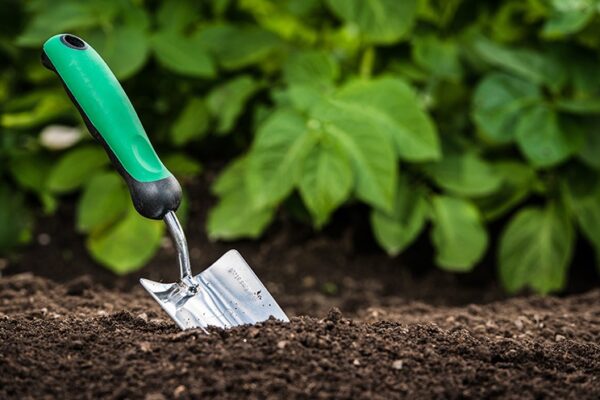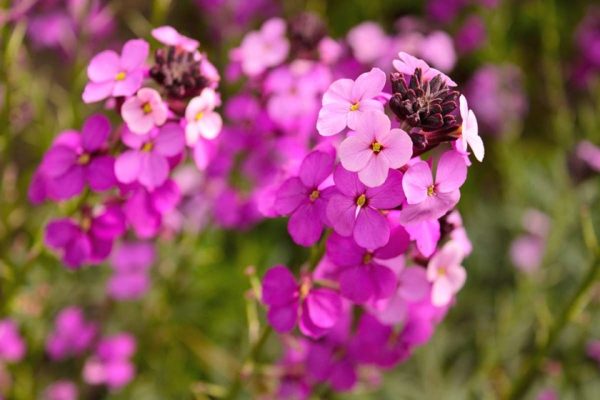Growing Anemone Bulbs: Step-by-Step Advice
Successfully growing anemone bulbs leads to the emergence of vibrant flowers, adding a burst of color and beauty to your garden. Growing anemone bulbs requires careful attention to soil conditions, light requirements, and proper watering techniques. The process of growing anemone bulbs involves planting the bulbs in well-drained soil during the appropriate season and providing them with adequate sunlight and moisture.
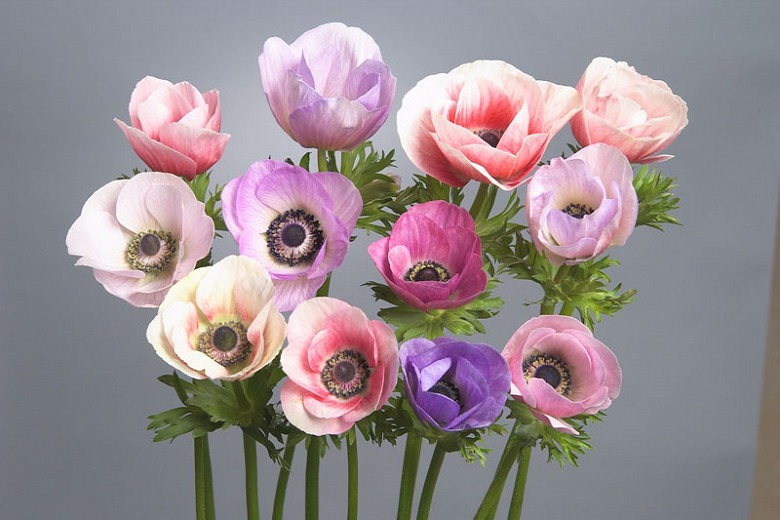
Anemones, closely related to the captivating buttercup plant, possess a similar innate allure. Among the various types, bulb-type anemones stand out as an easy-to-grow option, spreading their cheerful blossoms beneath the still-bare trees and shrubs of early spring. These daisylike flowers boast delicate, thin, and silky petals that gracefully disperse in a gentle breeze after flowering. With their colors ranging from crisp white to sky blue and pinkish purple, anemones harmoniously complement the early-season blooms of crocus and snowdrop before the spotlight is taken by tulips. Notably, anemones also serve as excellent cut flowers, ideal for crafting enchanting springtime bouquets.
Characteristics of Anemone
Anemone bulbs, belonging to the genus Anemone, are popular and versatile plants known for their bulbous nature. They thrive in a variety of settings, requiring either part sun or full sun exposure to flourish. These plants typically reach a height ranging from 6 to 12 inches, with a width spanning 4 to 10 inches. Anemone bulbs display a diverse array of flower colors, including shades of blue, orange, pink, purple, red, white, and yellow. Their foliage exhibits a pleasant blue-green hue, adding visual interest even when not in bloom. Anemone bulbs offer the unique characteristic of blooming in both the fall and spring seasons, providing an extended period of floral beauty.
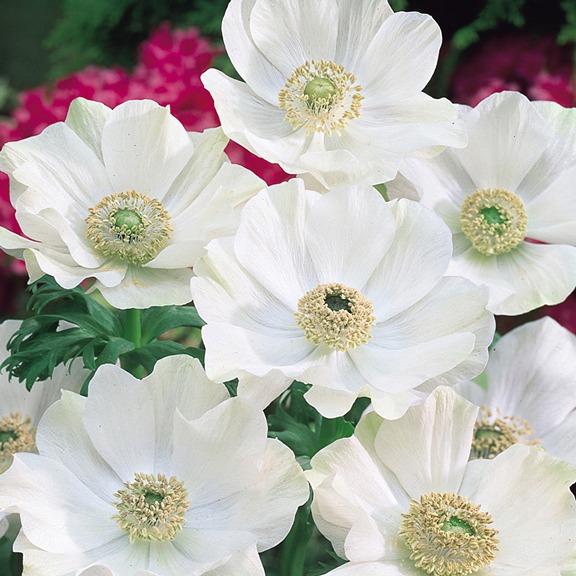
Bloom and care of climbing roses
These bulbs possess special features that make them highly sought after in gardens and floral arrangements. They make excellent cut flowers, allowing their vibrant blooms to be showcased in stunning springtime bouquets. Anemone bulbs also adapt well to container gardening, providing an opportunity to enjoy their beauty in smaller spaces or on balconies and patios. Furthermore, these plants require low maintenance, making them a hassle-free addition to any landscape.
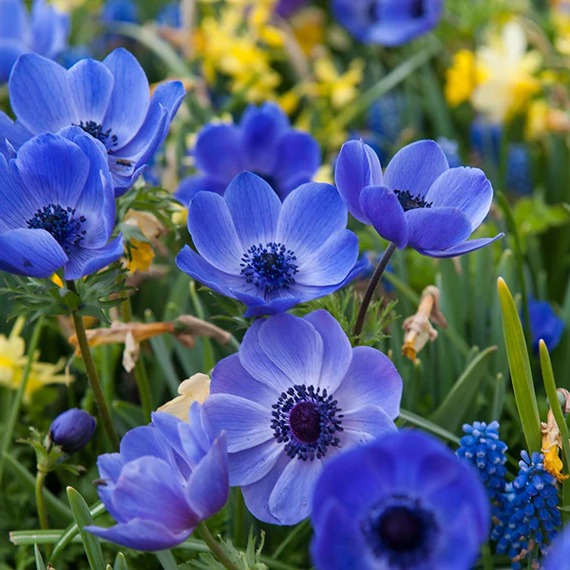
Choosing the Perfect Location for Planting Anemone Bulbs
When considering the planting of anemone bulbs, their relatively small size and spring-blooming nature make it ideal to plant several in locations where their floral beauty can be admired up close. Site them along paths and walkways to create a captivating pathway of blossoms. Additionally, placing them at the front of borders encircling decks or patios adds an enticing touch. For a visually striking spectacle, consider creating mass plantings in different parts of the yard, transforming it into a colorful carpet of anemones in spring.
Containers offer an alternative method of growing anemones. If you reside in an area where containers do not freeze solid over winter, you can leave them outdoors. However, if freezing temperatures are a concern, it is advisable to plant the bulbs in fall, transfer the pots to a protected location such as a garage or shed, and then reintroduce them to the outdoors as temperatures warm up in spring.
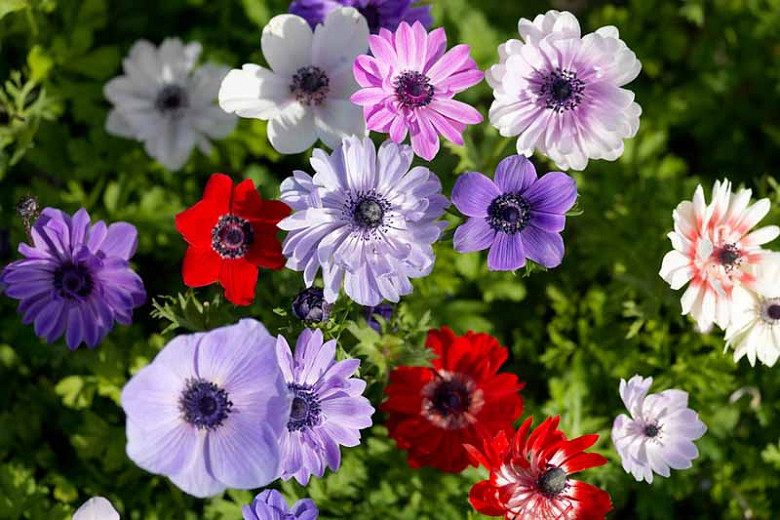
Propagation
Anemone bulbs are suitable for cultivation in Zones 5, 6, 7, and 8, offering their charm to a wide range of regions. They can be propagated through division, allowing gardeners to expand their anemone bulb collection and share their beauty with others.
In addition to their aesthetic appeal, anemone bulbs provide practical solutions to common gardening challenges. They exhibit a degree of drought tolerance, making them resilient and adaptable during periods of limited water availability. These bulbs are also well-suited for privacy purposes, as they can be used as a groundcover or planted along slopes and erosion-prone areas to provide natural screening and erosion control. With their versatility and problem-solving attributes, anemone bulbs are an excellent choice for both experienced and novice gardeners alike.
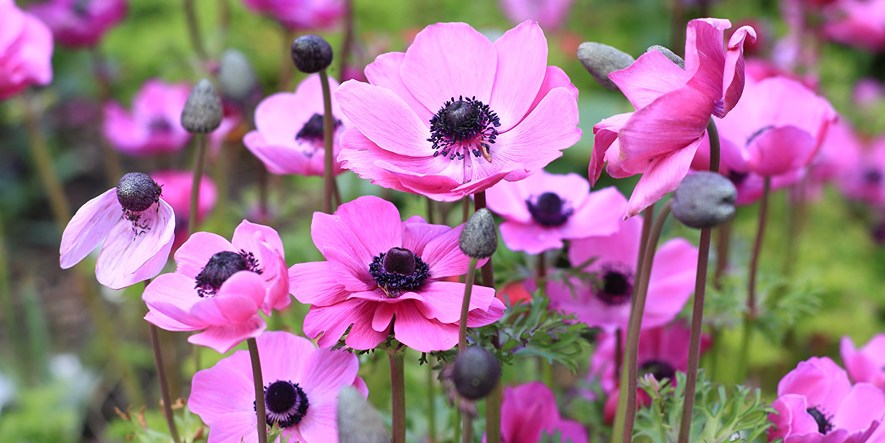
Mastering the Techniques and Timing of Anemone Bulb Planting
To ensure successful growth, plant anemone bulbs in early fall, as soil temperatures begin to cool. This period allows ample time for the bulbs to establish themselves before winter arrives. Planting can continue throughout the autumn, right up until the soil freezes and becomes unworkable, preventing further excavation.
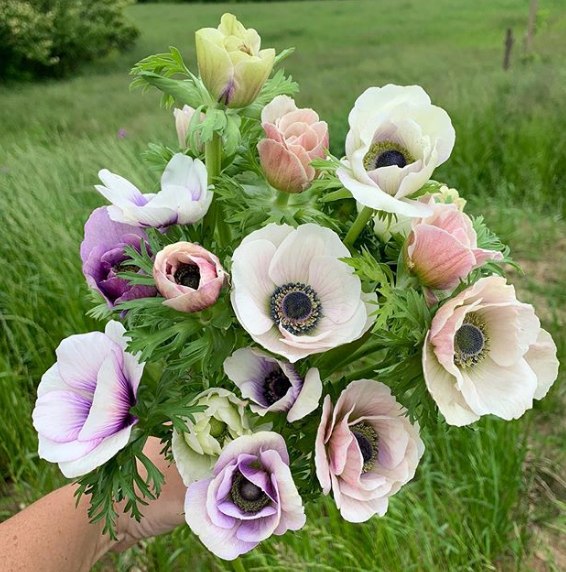
Proper Caring for Anemone Bulbs
Light Requirements:
Anemone bulbs thrive when they receive abundant sunlight. Full sun exposure, providing at least six hours of direct sunlight per day, encourages the most profuse blooming. However, anemones also tolerate partial shade. It is important to note that excessive shade can reduce the number of flowers produced. As anemone bulbs go dormant in early summer, they are particularly well-suited for beds and borders beneath deciduous trees such as oaks and maples. Ensuring sufficient sunlight is crucial until the foliage starts to turn yellow.
Soil and Water Considerations:
Anemones are highly adaptable when it comes to soil preferences, yet they exhibit their best performance when planted in areas that offer a moist, well-drained environment enriched with organic matter. If your soil possesses a high clay content, it is recommended to amend it generously at planting time. Incorporating organic matter such as peat moss, compost, or coconut coir helps improve soil structure and fertility, enhancing the overall health of the anemones.

Addressing Pests and Problems: Nurturing Resilient Anemones
Perfect Partners Plants for Anemone
Anemones, with their daisylike blossoms, perfectly complement the cup-shaped flowers of crocus, creating an aesthetically pleasing combination. A striking visual display can be achieved by planting blue-purple Greek anemones alongside orange or yellow pansies, resulting in a vibrant and captivating composition. Furthermore, anemones harmonize well with various groundcovers such as vinca, dianthus, and creeping phlox (Phlox stolonifera), adding diversity, texture, and additional beauty to the landscape.

Exploring the World of Anemone Bulb Varieties
Anemones boast a commendable level of resistance against common pests like deer and rabbits, making them an excellent choice for woodland areas and other locations frequented by these creatures. When anemone bulbs are content, they reproduce rapidly, forming clusters of beautiful flowers that create a captivating carpet of color in the yard. However, in shadier plantings, it is essential to remain vigilant for powdery mildew, a potential mild nuisance that can affect the plants.
Wood Anemone (Anemone nemorosa):
This particular type of anemone blooms in early spring, showcasing elegant 1-inch white flowers. While the plants go dormant during summer, they cover vast woodland areas with their enchanting blossoms in spring. Wood anemones are recommended for cultivation in Zones 4-8.
Double Wood Anemone (Anemone nemorosa):
The double wood anemone variety adds a showy element to its white flowers, featuring extra petals that create a captivating display. These plants grow to a height of less than 1 foot, making them a charming addition to gardens. Double wood anemones thrive in Zones 4-8, offering their beauty to a wide range of regions.
